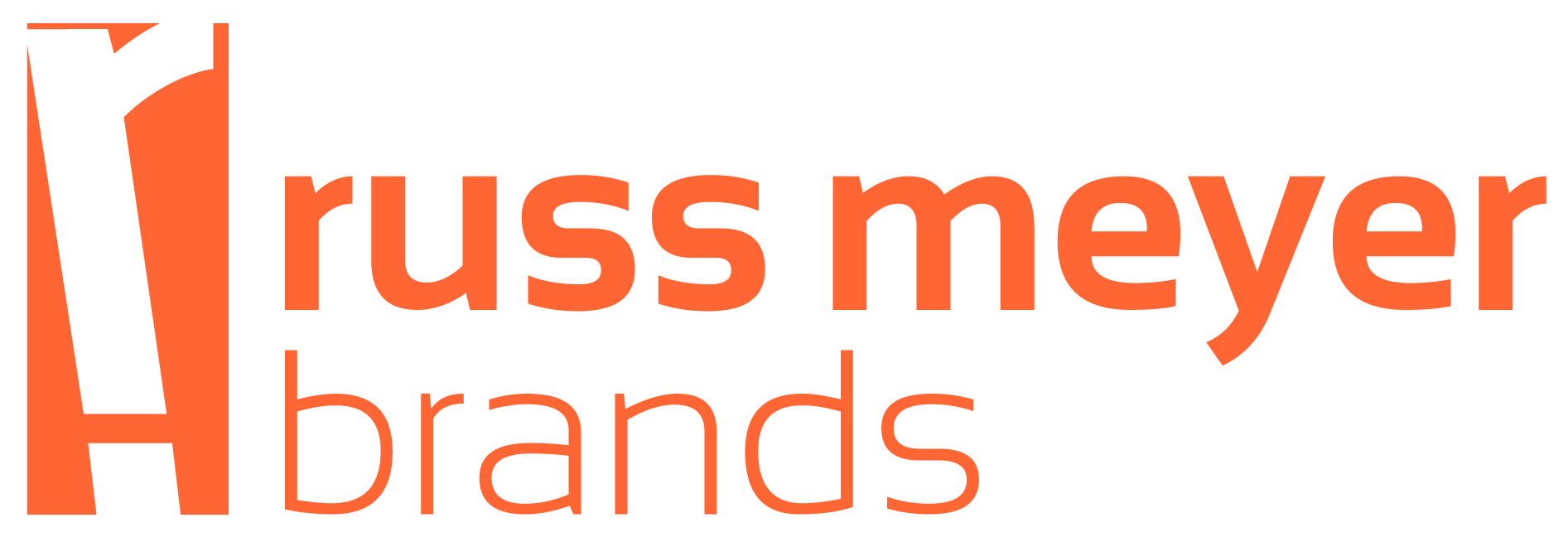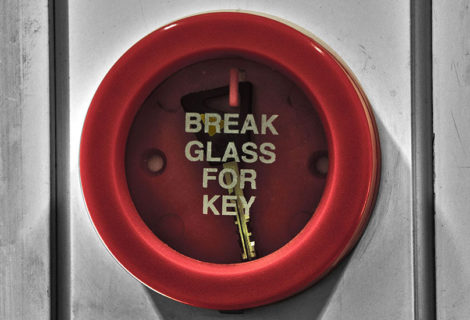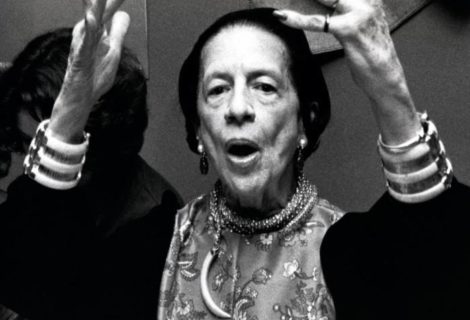Is Differentiation Dead?
Wait. Hear me out. I’m not ready to call time of death on differentiation just yet, but something is going on that makes me wonder whether we need a new model for what drives value at the heart of brands.
If brand is a promise that influences a decision, then obviously at the end of the day the purchaser does make a decision. They do select a brand. They do, in some way, define how that brand is different from alternatives if only by selecting it. In that way, difference will always out when it comes to the selection process. Something makes a purchaser decide. But that difference could be almost anything, including something that may be out of the marketer’s direct control. For instance, imagine a consumer who can see no compelling difference between three types of bottled water, all at the same price, and simply selects the bottle closest to her. Here the difference that drove the selection, direct proximity, is a variable that the marketer may not be able to consistently control. That difference is not likely to be “sustainable differentiation.”
The idea of sustainable differentiation has long been at the heart of a brand. A brand needed a unique and differentiating claim, for as long as I’ve been helping define and build brands (20+ years). Call it “relevant differentiation” as in the Brand Asset Valuator™ study. Or call it a USP (a “unique selling proposition”), an idea developed by Rosser Reeves at Ted Bates & Company. Both concepts reference something singularly unique, at the core of the brand, that made the brand different from alternatives as a sustainable competitive advantage. Brand managers had it drilled into them: without sustainable differentiation, brands were left to compete on price, a path to ruin for any self-respecting brand (or brand manager).
Even Michael Porter, in his seminal 1996 HBR article “What Is Strategy?” argued that sustainable competitive advantage comes from a unique position in the market, supported by benefits and actions that are difficult to replicate. In his framework, sustainable competitive advantage operated much like a moat around the castle: a long-term barrier to intruders. But aside from legal protection, like trademarks or patents, which brands truly have a sustainable competitive advantage anymore? In fact, Rita Gunther McGrath argues that the age of competitive advantage is over, in her book The End of Competitive Advantage.
One challenge is the reality of competitive environments. Sustainable differentiation is predicated on being able to know, assess and position your brand against a definable (usually relatively stable) set of competitors. It comes from an era where category advances happened slowly, where brands competed in stable categories and advantages (like technologies, distribution networks, manufacturing prowess, etc.) were hard to duplicate quickly. In many categories, those conditions are no longer true.
Another challenge today is even being able to know who your competitors are – to be able to see them in the arena in which you compete. It seems in the current environment that brands are more often blindsided by the competitors they didn’t see than those they did. In 2007, did HBO consider Netflix a competitor? Today, does Schneider Trucking consider Waymo a competitor? How do you define your brand’s sustainable differentiation if you’re not even clear on who your competitors are or could be?
So what to do? I don’t know that I have a definitive answer. But there are a couple approaches that hold some promise – approaches that could be the start of a new construct for the brand promise that doesn’t rely on a single point of relevant differentiation. The first is based on Rita Gunther McGrath’s idea of “transient advantage” rather than sustainable advantage. She argues that in times of rapid change and uncertainty, transient advantage comes from being aggressively focused on the external world, being discovery driven, constantly innovating and evolving, getting things roughly right not perfect, of optimizing for optionality not for present value. This means worrying much more about the customer than the competitors. It means being ruthlessly focused on how to make things better for the customer – of looking for problems to solve for customers as they emerge, quickly prototyping solutions, putting them into the market and evolving them real time. It’s a focus on what I have called ‘Benri’ – of proactively finding ways to be more useful to your customers. For these brands, differentiation comes not necessarily from the promise, but from the delivery. From the experience rather than from the communications. Brands like Uber and Amazon seem to be taking this approach – focused on making the customer experience ever better, constantly solving new problems for their customers.
The other approach that seems to be getting some traction is for brands to define their core nature (call it ‘essence’, call it ‘purpose’, it seems to have many names) and to be ruthlessly focused on being true to their core nature rather than respond or change based on competitor actions or market variance. In some ways, it’s more akin to the approach an artist might take. What provides differentiation is the way the brand sees and responds to the world – their point of view (to use a fashion term) that informs everything the brand does. This approach seems to be an exercise in constantly reexamining the inherent nature of what makes the brand the brand – about constantly finding its own truth. I think brands like Apple and Tiffany seem to take this approach. Not focusing on what makes them different from someone else, but focused on what truly makes them them – their inherent, inimitable nature.
Is differentiation dead? No, in that customers still select brands and therefore define a difference if only by selecting. But the prejudice of expecting brands to have a single, sustainable point of difference is changing, absolutely. I believe we need a new model in how to think about defining where, how and why brands are distinctive – and where, how and why that matters to customers. Why do you think? Is differentiation dead? Do you have a new model for what makes brands distinctive?





